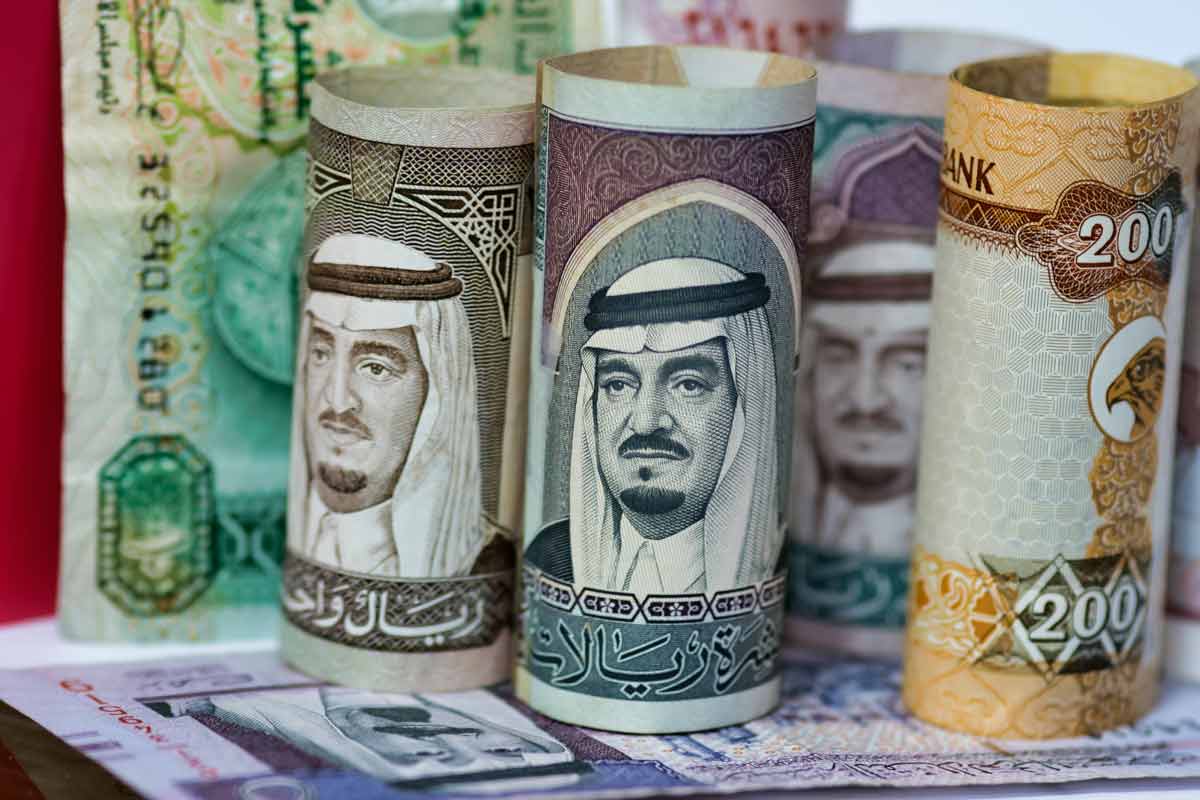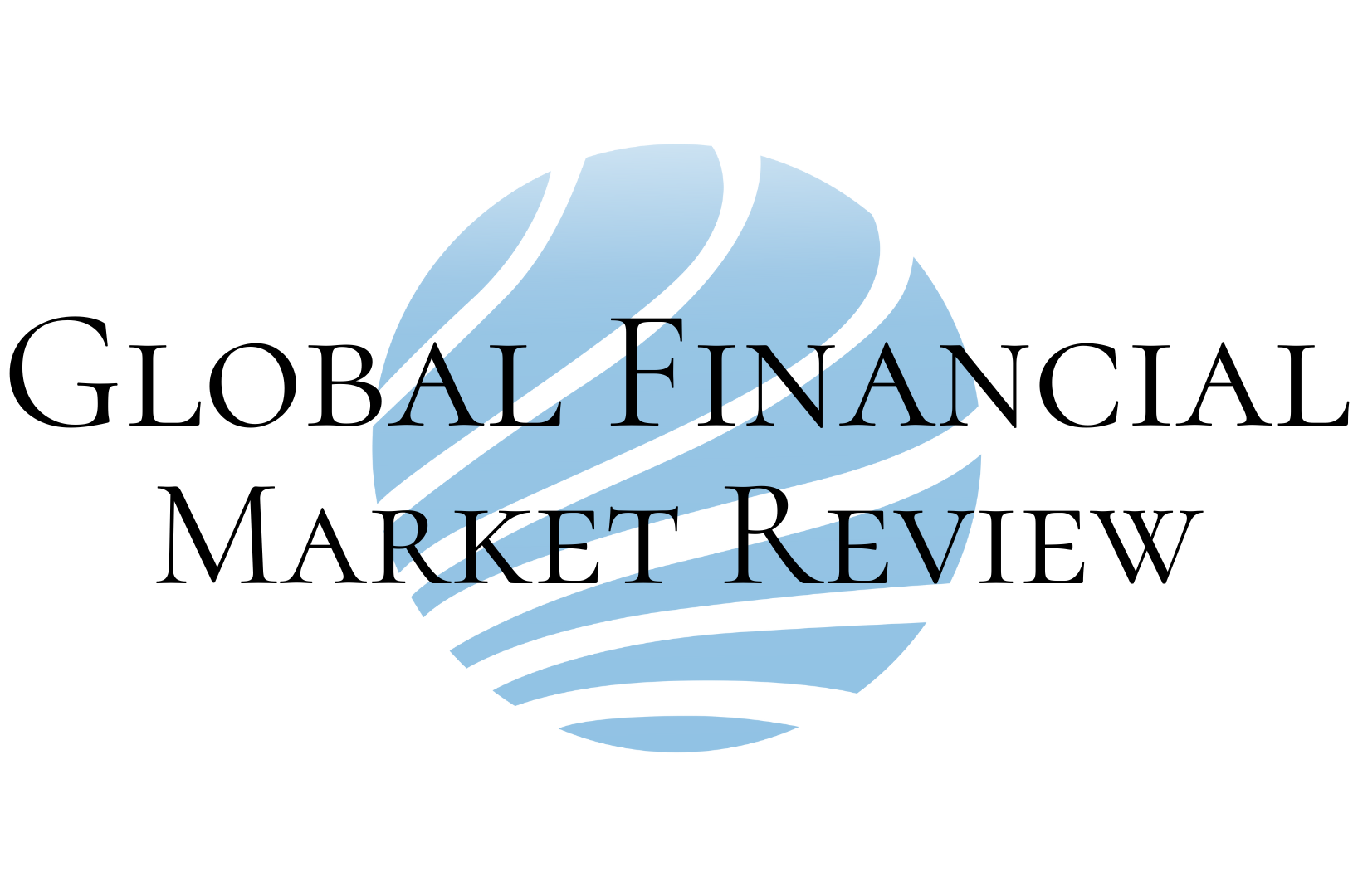GCC Banks To Thrive As GDP Tipped To Hit 3.5% As UAE And Saudi Lead Growth

GCC banks will continue to benefit from strong capital levels, supporting their overall performance in 2025, according to the EY GCC Banking Sector Outlook 2024 report.
The expansion of gas production in Qatar, implementation of economic transformation projects in of Saudi Arabia and non-oil economic growth in Bahrain and the UAE will underpin the resilience of GCC banks this year.
In addition, the Brent crude price is expected to stay above $74 per barrel for 2025-27, which will help uphold banking sector resilience.
GCC banking sector
Credit growth in most GCC countries is broadly based on a strong project pipeline, with aggregate contract awards driven by infrastructure development, especially in KSA and the UAE.
The positive trajectory is expected to continue in the near future. This outlook is supported by rising lending volumes, increased fee income, stable margins and effective cost management.
As the cost of lending turns more favourable, GCC countries might expand their investments globally.
Mayur Pau, EY MENA Financial Services Leader, said: “As we go into the first quarter of 2025, the GCC banking industry should remain strong due to considerable capital cushions, healthy asset quality indicators and adequate profitability.
“Furthermore, resilient economies, the region’s economic diversification efforts and enabling policies will support higher consumption and investment, further boosting the sector’s performance.
“The upcoming financial year looks to be a transformative period, with advancements in technology, shifts in consumer behaviour and regulatory changes shaping the future of banking.”
GDP growth in the GCC is projected at 3.5 per cent in 2025. Interest rate cuts, together with further investment and structural reform initiatives, will mean non-oil growth of over 3.4 per cent in the region’s two largest economies – KSA and the UAE.
As per the International Monetary Fund (IMF), the current account surplus is expected to be 8.2 per cent of the GDP in 2025. On the fiscal front, a surplus of 3.9 per cent of the GDP is forecast for 2025.
Global oil demand is forecasted to increase by 1.6 mbpd to 104.5 mbpd in 2025, reflecting the end of the post-COVID-19 pandemic release of pent-up demand, challenging global economic conditions and clean energy technology deployment.
Non-OPEC+ producers are likely to account for the bulk of the increase if OPEC+ voluntary cuts remain in place. High oil prices – with the average for 2024 estimated at $81 per barrel – and favourable economic growth have supported the GCC banks’ healthy finances.
GDP growth in the GCC is forecast to rebound to 3.5 per cent in 2024, up from 1.4 per cent, as oil production gradually increases, providing a boost to the region’s economies.
Hydrocarbon growth is likely to be 3.3 per cent, while non-hydrocarbon sectors are forecast to grow at 3.4 per cent, supported by strong domestic investment momentum.
In November 2024, the US Federal Reserve reduced interest rates by 50 bps. GCC economies have begun following the Fed’s lead, which, along with domestic policies, has helped lower inflation from the high rates seen in 2022.
During 2024, major central banks entered their cycle of monetary policy easing to support growth, as inflationary pressures have waned. This year, banks will pursue higher yields, as rate cuts tend to be reflected in their books with delayed effects.
GCC banks have shown sustained growth in credit facilities during 2024, supported by economic transformation plans, robust project pipeline, healthy demand and resilient economic conditions.
The banks are well-capitalised with strong asset quality indicator and are likely to uphold this strong performance trajectory throughout 2025.
Banks in the UAE are anticipated to maintain robust growth in their lending activities, bolstered by relaxed monetary policies and a favourable economic environment.
Further, growth in deposits consistently outpaced lending, supported by corporate and retail segments.
Asset quality will remain strong, as the banks capitalised on high profits to provision for legacy loans.
Credit demand and reduced borrowing costs are expected to boost credit growth during 2025.
KSA banks reported healthy credit growth in 2024, backed by a broad-based loan growth, especially in the private sector.
This was primarily due to various project developments in line with Vision 2030. The country’s planned megaprojects will play a role in creating enormous business and lending opportunities for banks this year.
Banks in Qatar exhibit sufficient profitability and robust capital strength, with both Tier 1 and capital adequacy ratio (CAR) surpassing the mandated regulatory thresholds.
Domestic funding avenues are predicted to adequately finance credit expansion this year with the completion of major infrastructure projects and increased liquefied natural gas (LNG) production.
In Oman, the robust growth in the lending sector aligns with the nation’s expanding non-oil economic activities and the steady progress of Oman Vision 2040 initiatives, which aim to diversify the economy.
The credit environment is expected to remain conducive, supporting lending growth in the near term.
Bahrain is poised for robust economic growth, with the completion of refinery upgrades and a pick-up in the private sector supporting greater private investment.
Backed by cheaper borrowing costs, credit growth is projected to further edge up this year, giving a boost to consumers and corporates.
Kuwait’s banking sector has enjoyed high profitability, supported by slow rate cuts and stronger lending growth.
The industry is anticipated to sustain its stability, underpinned by substantial capital reserves and a formidable net external position, with foreign assets accounting for 30.4 per cent of total local bank assets at the end of December 2024.
Mayur said: “To fortify their profitability and improve cost optimisation in the current landscape, GCC banks should consider how to best to navigate a new normal that not only addresses regulatory fragmentation and national interests, but fully harnesses the power of technology and its multiple scopes such as digitisation, generative AI (GenAI), open banking and APIs, and the digital currency revolution – all while committing to a sustainable future.
“This will ensure they remain competitive and agile to better counteract the pressure of contracting margins.”
Startups In Abu Dhabis Hub71 Secured $2.17bn In Funding Last Year
Hub71 startups in Abu Dhabi saw massive increase in funding in 2024 as innovation economy thrives Read more
UAE Fintech Pay10 First To Launch On Central Banks Open Finance Framework
The company has acknowledged the Central Bank of the UAE's crucial role in facilitating a responsible and secure rollou... Read more
PayPal Expands In MEA Region With Its Newly Launched Hub In Dubai
Will serve 80 countries in Middle East and Africa from its Dubai Internet City hub; Has signed several deals with regio... Read more
New Board Certifies DMCC Tradeflow As Fully Shariah Compliant
Shariah Supervisory Board appointed to oversee Tradeflow’s Islamic finance offering; Certified fully-compliant with A... Read more
Google-backed AI Firm NeurochainAI Teams Up With W Chain For Smart Payment Solutions
W Chain and NeurochainAI will combine forces to offer smart global payment tools, with real-time fee adjustment and fra... Read more
Al Ansari Exchange Renews Strategic Partnership With Visa
Promises to unlock new opportunities and deliver significant value across the financial services ecosystem and accelera... Read more

